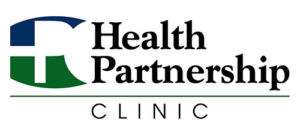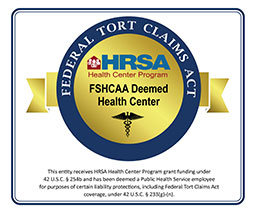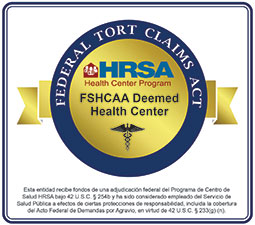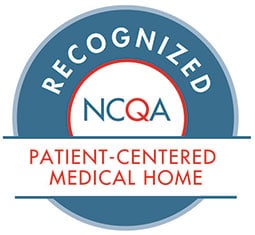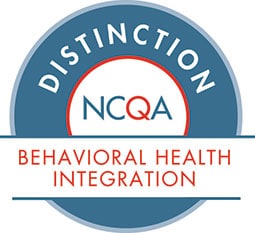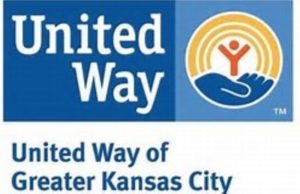Community Blood Center: Saving Lives in the Kansas City Area
Guest Post by Logan Marney, Account Manager, and Chelsey Smith, Director of Public Relations and Corporate Communication, Community Blood Center of Greater Kansas City
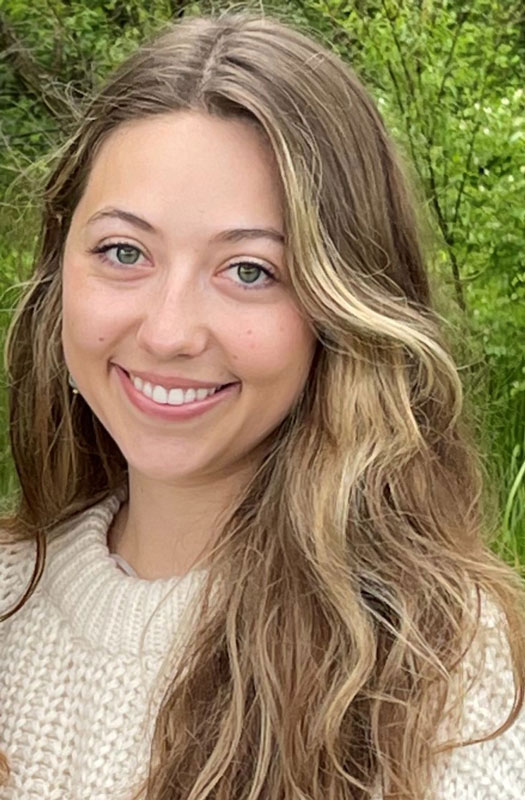
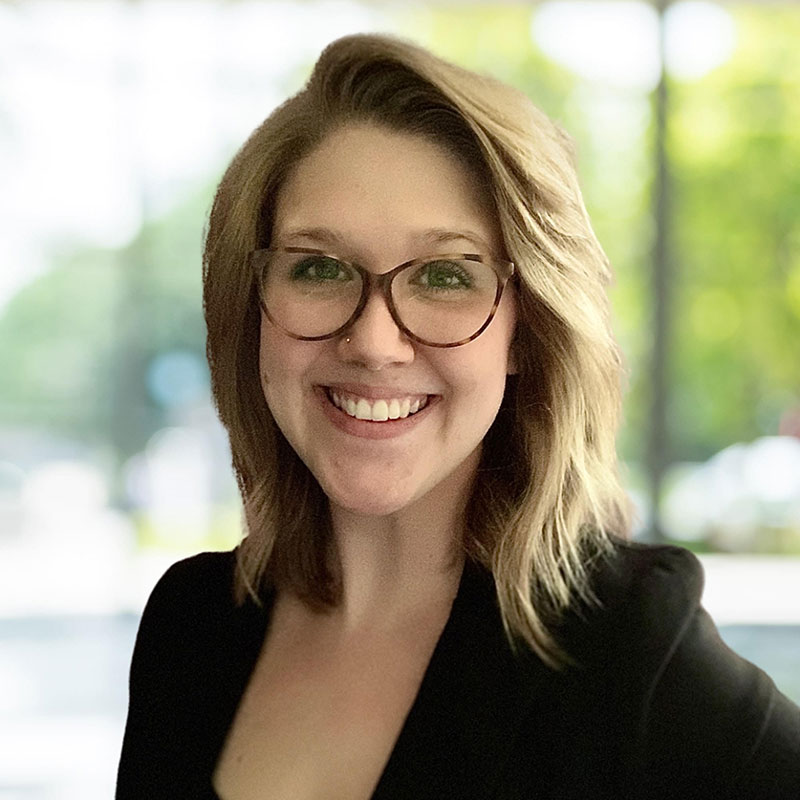
A generation of Missouri and Kansas Midwesterners have grown up with Community Blood Center. They know if they, or someone they love needs blood in an emergency, Community Blood Center will make sure it’s there. That’s what we do, and it’s through the commitment of volunteer donors that Community Blood Center can maintain its heritage of service to the community.
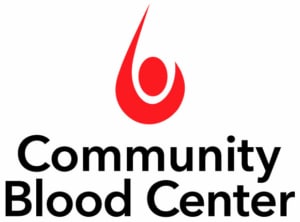 Since opening in 1958, over one million patients have received blood that was donated at Community Blood Center neighborhood donor centers and blood drives. Each year, over 200,000 units of red blood cells, platelets and plasma are collected from donors across communities on both sides of the state line and used to treat thousands of local patients in need of life-saving care. Trauma victims, cancer patients, those struggling with chronic illnesses and many more rely on the generosity of blood donors each and every day. There is no substitute for human blood and the need for blood remains constant which means the need for blood donors does too.
Since opening in 1958, over one million patients have received blood that was donated at Community Blood Center neighborhood donor centers and blood drives. Each year, over 200,000 units of red blood cells, platelets and plasma are collected from donors across communities on both sides of the state line and used to treat thousands of local patients in need of life-saving care. Trauma victims, cancer patients, those struggling with chronic illnesses and many more rely on the generosity of blood donors each and every day. There is no substitute for human blood and the need for blood remains constant which means the need for blood donors does too.
Summer months are challenging times in which the local blood supply often drops as donors are busy with holidays, school breaks and vacations. Additionally, the COVID-19 pandemic further weakened the blood supply and continues to do so today, with the loss of many workplace and school blood drives. The need for blood donors, particularly youth and diverse blood donors, is growing every day.
Types of Donations:
- Whole Blood Donation: A pint of blood is collected and later separated into two components: plasma, and red blood cells. The red blood cells are often necessary to treat those rushed to the hospital for emergency surgery, car accidents and other types of traumas.
- Apheresis Donation: Apheresis is an automated donation process that allows you to selectively donate only the blood components that are needed most, with the remaining blood being returned to you.
- Red Cell Donation: Red cells are the blood component needed most by hospitals. Through apheresis two units of red cells can be collected, while the donor’s platelets and plasma are returned to them along with a saline solution. By separating the components onsite, the product can go out to the hospitals more quickly following lab testing.
- Platelet Donation: Platelets can only be collected through apheresis and help patients who suffer from leukemia, cancer, aplastic anemia and other blood disorders.
- Plasma Donation: Plasma contains vital clotting factors and is often needed by burn victims and patients with hematological disorders.
How To Get Involved:
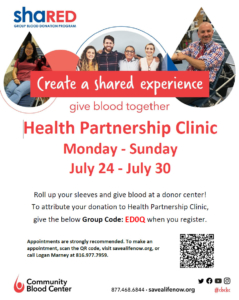 Health Partnership Clinic is hosting an in-center blood drive from Monday July 24th to Sunday July 30th. Visit any one of the seven Community Blood Center locations (Olathe, Overland Park, Topeka, Kansas City – MO, Saint Joseph, Gladstone and Blue Springs) and give the registration desk group code: ED0Q to attribute your donation to Health Partnership Clinic. For appointments visit https://donate.savealifenow.org/donor/schedules/centers or contact Logan Marney at 816-977-7959 or lmarney@cbckc.org.
Health Partnership Clinic is hosting an in-center blood drive from Monday July 24th to Sunday July 30th. Visit any one of the seven Community Blood Center locations (Olathe, Overland Park, Topeka, Kansas City – MO, Saint Joseph, Gladstone and Blue Springs) and give the registration desk group code: ED0Q to attribute your donation to Health Partnership Clinic. For appointments visit https://donate.savealifenow.org/donor/schedules/centers or contact Logan Marney at 816-977-7959 or lmarney@cbckc.org.
For more information about blood donation, donor eligibility, and Community Blood Center locations near you visit savealifenow.org.
